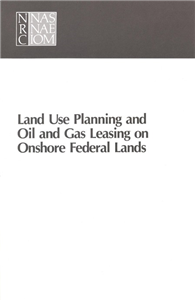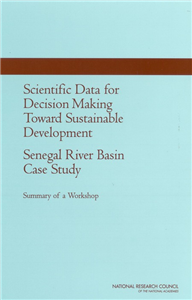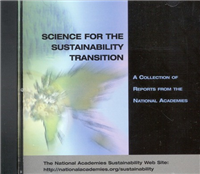Sustainable agriculture
March 2000
The Quest for a Sustainable World
From earliest times, human beings have noticed patterns in nature: night and day, tides and lunar cycles, the changing seasons, plant succession, and animal migration. While recognizing patterns conferred great survival advantage, we are now in danger from our own success in multiplying our numbers and altering those patterns for our own purposes. It is imperative that we engage again with the patterns of nature, but this time, with awareness of our impact as a species. How will burgeoning human populations affect the health of ecosystems? Is loss of species simply a regrettable byproduct of human expansion? Or is the planet passing into a new epoch in just a few human generations? Nature and Human Society presents a wide-ranging exploration of these and other fundamental questions about our relationship with the environment. This book features findings, insights, and informed speculations from key figures in the field: E.O. Wilson, Thomas Lovejoy, Peter H. Raven, Gretchen Daily, David Suzuki, Norman Myers, Paul Erlich, Michael Bean, and many others. This volume explores the accelerated extinction of species and what we stand to lose--medicines, energy sources, crop pollination and pest control, the ability of water and soil to renew itself through biological processes, aesthetic and recreational benefits--and how these losses may be felt locally and acutely. What are the specific threats to biodiversity? The book explores human population growth, the homogenization of biota as a result in tourism and trade, and other factors, including the social influences of law, religious belief, and public education. Do we have the tools to protect biodiversity? The book looks at molecular genetics, satellite data, tools borrowed from medicine, and other scientific techniques to firm up our grasp of important processes in biology and earth science, including the "new" science of conservation biology. Nature and Human Society helps us renew our understanding and appreciation for natural patterns, with surprising details about microorganisms, nematodes, and other overlooked forms of life: their numbers, pervasiveness, and importance to the health of the soil, water, and air and to a host of human endeavors. This book will be of value to anyone who believes that the world's gross natural product is as important as the world's gross national product.


























